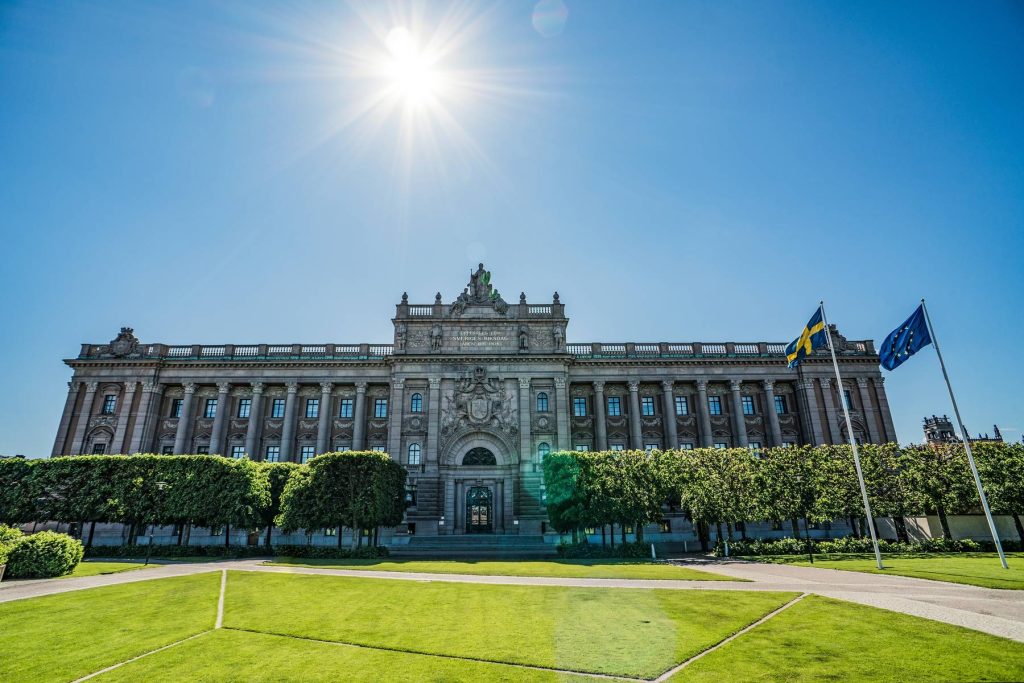The coronavirus pandemic has significantly impacted the world of sports, forcing everyone involved in this industry to radically change their approach. Competitions were suspended, individual sports had to reorganize their calendars, canceling or rescheduling matches, tournaments, and league rounds.
For the first time in history, the most important quadrennial event, the Olympic Games, was postponed. Previously, the Olympics were sometimes completely canceled due to events such as World War II. It is interesting to note that both in 1940 and in 2020, Tokyo was the organizer of these fateful games.
In this new, unforeseen situation, sports television stations faced a significant challenge as they had to rebuild their schedules due to the lack of match broadcasts. For instance, Canal+ resorted to airing archived Premier League football and speedway matches, turning them into broadcasting cycles, reminding fans of the most interesting games or successes, such as those of Tomasz Gollob.
The mandatory isolation forced brands to change their approach to communicating with fans and providing them with content. The inability to communicate sports results achieved in stadiums led to much more activity online. For example, athletes from the ORLEN Sports Group and ORLEN Team participated in esports competitions in April. Cycling enthusiasts, on the other hand, could compete with well-known athletes during the ORLEN e-Tour de Pologne series, which took place on four Saturdays in May. Participants in these initiatives included Robert Kubica, Kuba Przygoński, Anita Włodarczyk, and Bartosz Zmarzlik.
Such a direction of action can be a kind of guideline for brands, not only sports-related but also personal ones. The necessity of mandatory isolation means that users seek information and contact with their idols in a different way. A regular practice in sports clubs is, for example, handing over the official Instagram account to a particular player for one day, where all communication is conducted by that person—from waking up, having breakfast, training, and daily schedule, to evening hours. The relationship built between the athlete and fans in this way makes the content reception natural, benefiting both the athlete and their club, which becomes “closer to people.”
The aforementioned ORLEN Team also initiated, previously unused in brand communication, a series of athlete meetings through live broadcasts on Instagram. Announced in advance with interesting graphics, these athlete meetings lasted an hour (the time limit for live Instagram broadcasts), during which both sides exchanged their experiences and observations about the disciplines they represented. This way, Robert Kubica learned a bit more about speedway from Bartosz Zmarzlik, and during Kubica’s chat with Kuba Przygoński, guests like Nasser al-Attiyah, the winner of the Dakar Rally, appeared.
The difficulties arising from the pandemic period also serve as a kind of test for companies and brands that have long been involved in sponsoring sports. In this context, it is worth mentioning the attitude of the credit card operator, Visa, which despite the coronavirus, maintained its support for Olympians and Paralympians listed as their global ambassadors.
Furthermore, it is worth mentioning how other entities approached communication issues, such as gym networks. Closed during the lockdown period, these “temples of health” and fitness organized online workouts for their users, thus meeting their expectations. A similar communication approach was proposed by handball players from Wisła Płock, who conducted virtual training sessions through the Zoom app, inviting school-age youth to participate.
An initiative that did not involve online activities but was well-received was the behavior of the top four teams in the German Bundesliga, which created a solidarity fund for needy teams from the first and second leagues. Staying in the football theme, returning players played on empty stands, but TV viewers saw animated fan characters or sheets with images of fans imitating real ones. Additionally, a nice touch prepared by broadcasters was the audio effects that each viewer could turn off, choosing whether to watch the broadcast with simulated crowd noise or opting out of this option.
The examples mentioned clearly show that brands and sports clubs have adeptly found their way in the new reality by adapting appropriate solutions. It remains to be hoped that the coming months will not force marketing and communication departments to search for further solutions that will be substitutes for real emotions.








